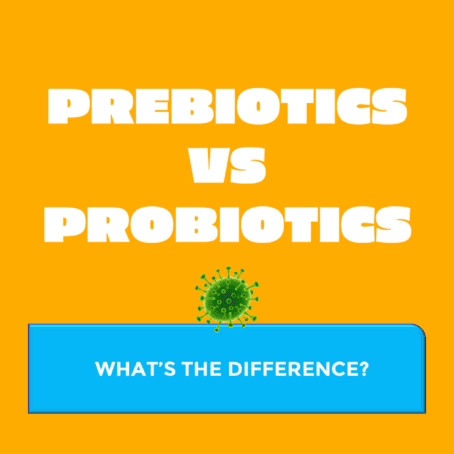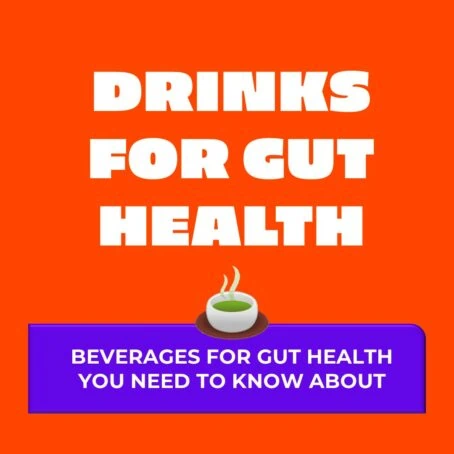Prebiotics and probiotics. Wondering which ones to take? What’s the difference? How do I know which to choose? Do I even need them?
We’re here to make sense of the lengthy labels. Breaking down what they really mean.
But first, let’s start with ‘when’ and ‘why’ we might need both prebiotics and probiotics.
What’s going on in our gut?
There are trillions of bacteria within our gut. And we have to take care of these to ensure there’s a good balance of microbes. A harmony of gut microbes creates a happy environment for digestion and safeguards our overall well-being!
So, what do we do if we find this balance has been compromised? Unfortunately, many external factors can disrupt our gut microbiome, including antibiotics, illness, and lifestyle. But what we put into our bodies can help to build a healthy home inside our gut. That’s where prebiotics and probiotics come in.
Here’s a table with a simple break down of prebiotics and probiotics before we get into the nitty-gritty!
| Prebiotics | Probiotics |
| Non-Living | Live organisms |
| Food for probiotics | Feed on prebiotics |
| Give you a health benefit | Give you a health benefit |
Prebiotics
Prebiotics are food for the beneficial microbes in your tummy. When these good bugs feast on prebiotics, they produce compounds that have a positive impact on our health.
Prebiotics can be found in foods or supplements. Most foods high in prebiotics are plants, think garlic, onions, oats, kiwis, prunes and pistachios (to name a few)!
Remember, the purpose of a prebiotic is to help good bacteria grow and the traits to do so include:
- Being resistant to our acidic tummies
- Not digested/absorbed in the gut
- Fermented in our colon for overall health benefits
Probiotics
It seems these bacteria really know how to live it up – the origin of the word probiotic translates as ‘for life’ in Latin!
Probiotics are live microbes that when we eat them (in enough quantities) they give us a health benefit. They are usually found in supplements or foods, particularly fermented dairy like cheese and yogurt.
In the 1900s it was identified that bacteria in soured milk could make a village live longer! Who knew tangy milk could add years to our lives! The term ‘probiotic’ was then coined by Kollath to define active substances that are essential for life. Their traits include:
- Being alive
- Able to survive our acidic tummies
- Must be proven to benefit our health
There are hundreds of different probiotics out there so it can be very confusing to know which ones to choose. Different strains have different skills just like humans and our different talents. So, finding the right probiotic (or prebiotic) that works personally for you and for your health should be based on clinical studies, and not because an advert said it was cool!
That’s why our team of expert scientists at Tummy MOT review them so you can find the right one for you.
If you are unsure about a probiotic, here’s 3 things to watch out for:
- Strains. If you read the label, then the bacteria should have a third part to its name. For example, Bifiodbacterium animalis BB-12. If it doesn’t, avoid!
- Dose. Probiotics claiming to be more potent because they contain more bacteria is just a marketing gimic. In some cases, a probiotic with 2 billion cfus may be better than 200 billion.
- Ingredients. Some probiotics have other ingredients that may not be so helpful. If you are unsure, let us know the product here.
Now you know the ins and outs, you can delve deeper into the science. Click through to read more on prebiotics, probiotics, and even postbiotics…




